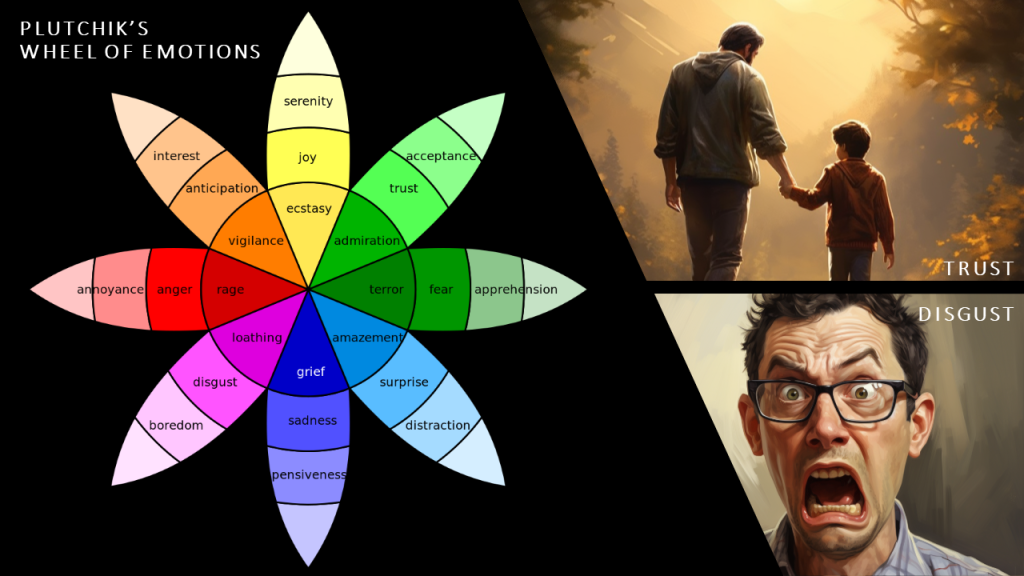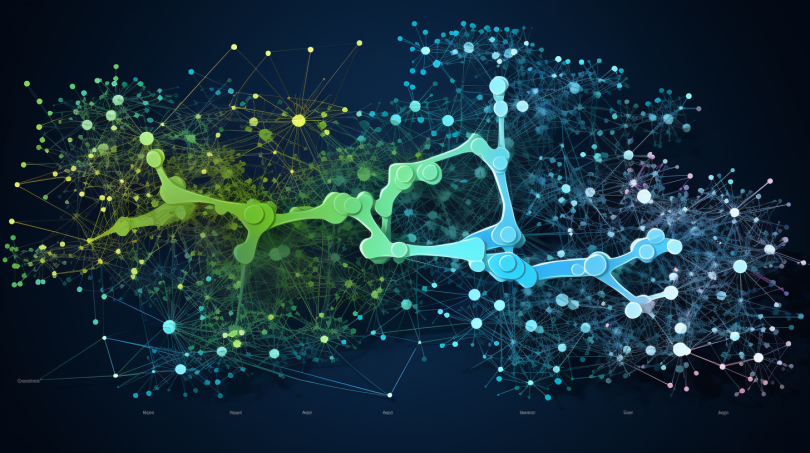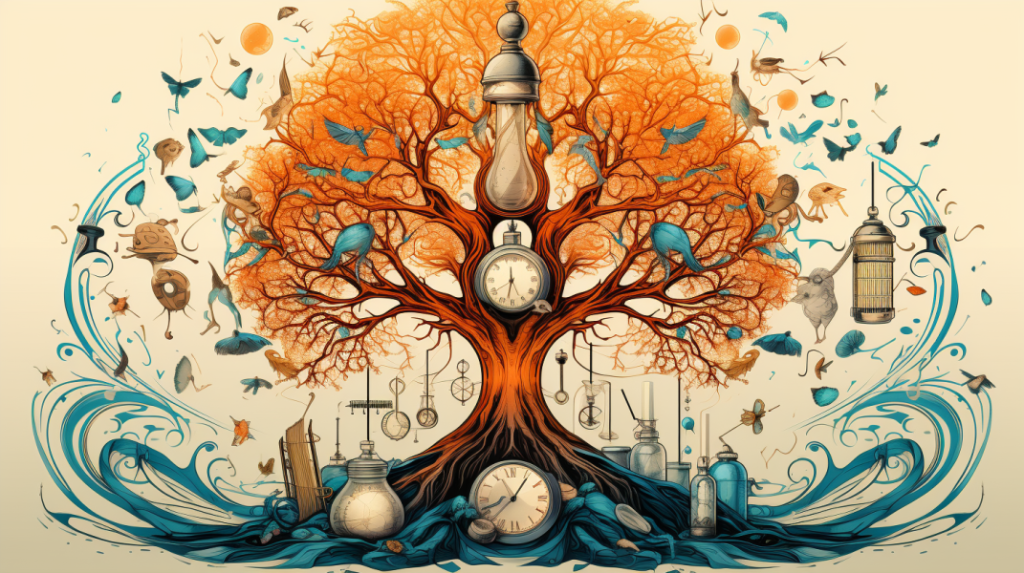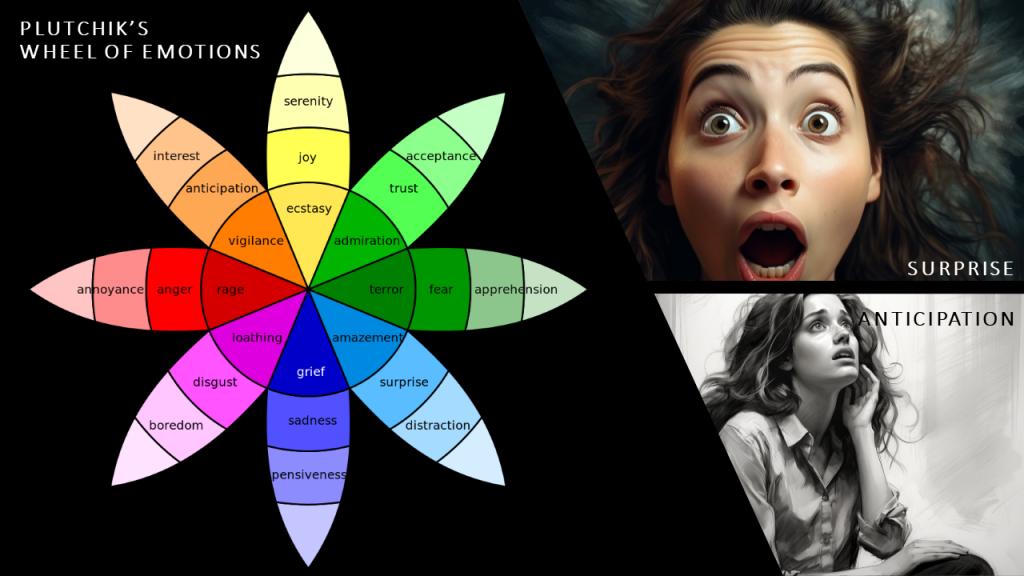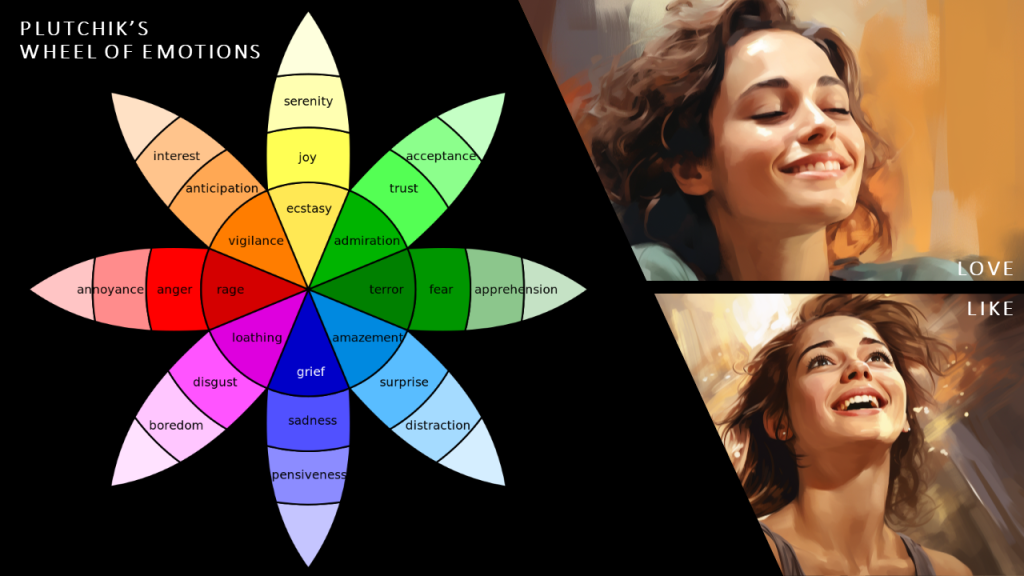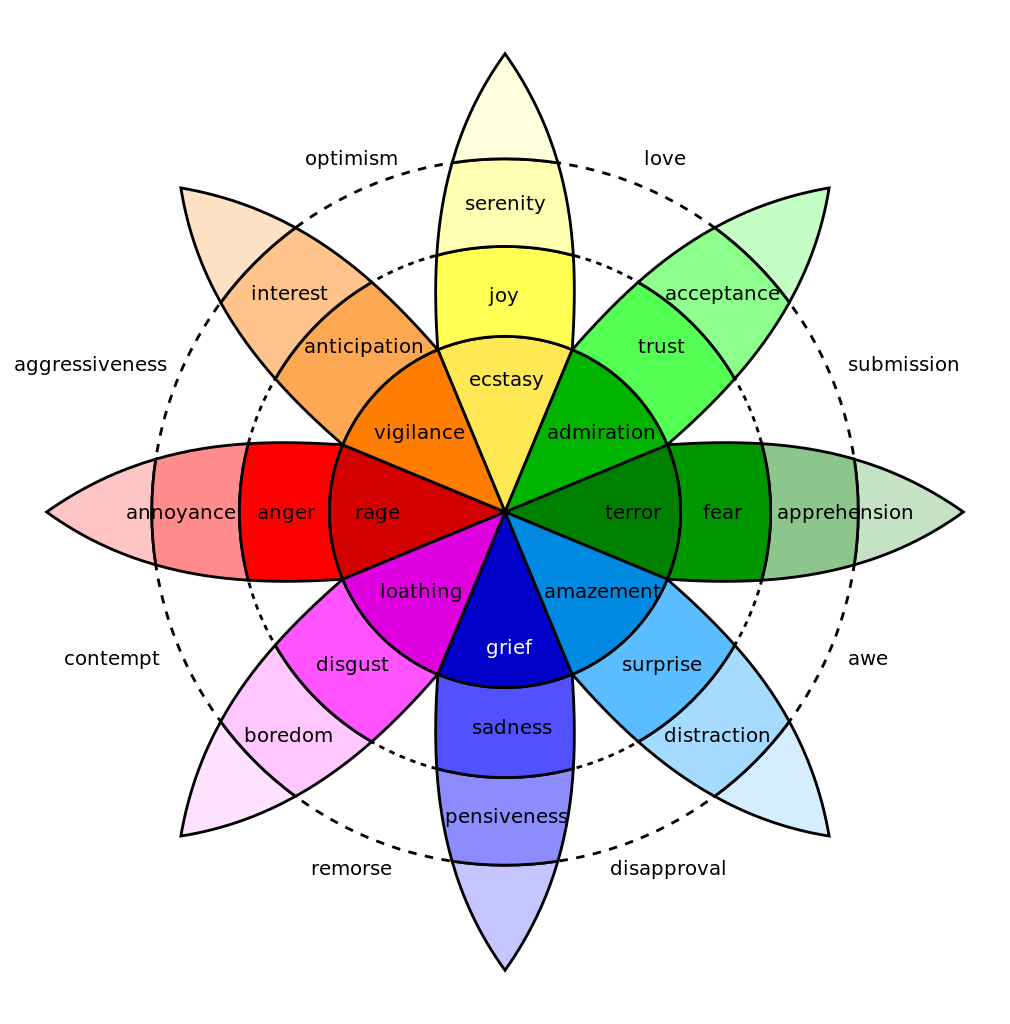
Intro
Ever feel tangled in overthinking or crave the simplicity of the present moment? We’re all navigating this balance, often teetering between analysis paralysis and embracing the ‘now.’ Here, we’re just scratching the surface, sharing examples that illuminate these everyday mental dances. It’s a casual exploration, a shared journey through the nuances of our minds and conversations. Let’s uncover the extraordinary within the ordinary, together.
Example Situations and Statements or Questions
This table shows a contrast between being in the moment and engaging with situations as they are, versus stepping back and overanalyzing or overcomplicating them, at times. This is just an attempt to provide examples (may be right, may be wrong …) but more importantly to illustrate that we can understand the situation and the differences through statements and questions.
| Situation Name | Situation Brief | Possible Statement in the Present | Possible Deeper, Positive Statement | Possible Deep, Positive Question |
|---|---|---|---|---|
| Enhanced Gathering Conversations | Elevating discussions at social gatherings with insightful thoughts | “That’s a hilarious story, tell us more!” | “That’s hilarious, and such a unique cultural experience…” | “How do you think our own experiences shape the humor we find in stories?” |
| Reflecting on Kindness | Recognizing the impact of a friend’s kind gesture | “Thank you, that’s so thoughtful of you!” | “Thank you, your kindness really made my day…” | “Have you ever experienced a random act of kindness that altered your perspective?” |
| Compliment Connection | Connecting a compliment to broader personal efforts | “Thanks for the compliment!” | “Thank you! I’ve been working on self-improvement…” | “In what ways do you think personal growth can be reflected in our outward appearance or demeanor?” |
| Analytical Movie Opinions | Sharing an opinion on a movie with deep analytical appreciation | “I loved the movie, it was really entertaining!” | “The movie was captivating! It’s fascinating how…” | “What contemporary issues do you think were highlighted in the movie’s storyline?” |
| Proactive Participation | Enthusiastic involvement with forward-thinking suggestions | “Sounds like a great plan, I’m in!” | “I’m all for this plan! I was thinking we could…” | “How might our experience be different if we incorporate mindfulness into our outing?” |
| Cultural Cuisine Exploration | Discussing the experience of trying a new cultural dish | “This dish is delicious, so flavorful!” | “This dish isn’t just delicious, it’s like a culinary journey through [culture]…” | “How do you think the history and geography of a region contribute to the uniqueness of its cuisine?” |
| Musical Musing | Reflecting on the emotional impact of a piece of music | “This song is really moving.” | “This song isn’t just moving, it speaks to the soul, almost as if the composer understood…” | “What is it about music that you think has the power to evoke such profound emotions across different cultures?” |
Example Situations and Indications
The tendency to “think too much” or overanalyze can manifest in various ways during conversations, not only in the immediate response to a situation but also in reflections or questions that arise afterward. These indications can be subtle and might be evident in a person’s communication style, focus, or the nature of their follow-up conversations. Here are some examples and situations to illustrate this:
| Situation | Indication (Being Present) | Indication (Overthinking) |
|---|---|---|
| Persistent Focus on Details | The person consistently focuses on small details or hypotheticals of past events, even when the conversation has moved on. | The person consistently focuses on small details or hypotheticals of past events, even when the conversation has moved on. |
| Difficulty Accepting Compliments or Positive Outcomes | The person accepts compliments graciously and feels gratitude, without overanalyzing the motive behind them. | The individual often deflects compliments or positive comments, questioning their validity or the motives behind them. |
| Excessive Worry About Future Implications | The individual enjoys the outing and trusts that their friends understand their sense of humor, without fixating on potential misinterpretations. | There’s a consistent pattern of worrying about the future implications of any decision or event, big or small. |
| Seeking Reassurance Through Repeated Analysis | The person feels confident in the decision made during the family meeting, without needing constant reassurance. | The person often revisits past events in discussions, seeking validation or reassurance that their actions or decisions were correct. |
| Overinterpretation of Others’ Behaviors or Statements | The individual accepts the friend’s statement at face value, understanding that being busy is normal, without assuming hidden meanings. | There’s a tendency to read deeply into others’ words or actions, seeking meaning that may not be there. |
| Reluctance to Commit Due to Perceived Risks | The person makes a decision about the trip based on current information and their desire to participate, without becoming paralyzed by hypotheticals. | The individual habitually hesitates to make decisions or commit to plans due to an exhaustive analysis of what could potentially go wrong, even for relatively minor matters. |
| Projecting Assumptions in Absence of Information | The individual remains patient for the coworker’s response, recognizing that there are numerous possible reasons for a delay, without concocting elaborate scenarios. | When faced with uncertainty or a lack of information, the person tends to fill in the gaps with their own assumptions, often imagining complex backstories or motives. |
Contrarian Views
Navigating the realms of overthinking and being present can offer insights, yet it’s a nuanced field with diverse perspectives. Here are some contrarian views that challenge the conventional approach:
- Oversimplification of Psychology: Reducing human behavior to “overthinking” vs. “being present” ignores the multifaceted nature of our psyche.
- Undermining Deep Reflection: Labeling profound reflection as overthinking might discourage critical introspection, essential for personal growth and empathy.
- Idealization of Mindfulness: The push for constant mindfulness may undervalue the importance of learning from the past and strategically planning for the future.
- Subjectivity of Experiences: Using generalized examples fails to capture the subjective nature of human experiences, leading to potential misinterpretations.
- Neglecting Underlying Issues: Focusing solely on surface behaviors risks overlooking deeper mental health issues or emotional complexities.
MidJourney Prompt with inputs from ChatGPT
Create an artwork that symbolizes the contrast between overthinking and being present. show a male and a female …. On one side, depict a human brain with intricate, tangled vines or wires to represent the complexity and chaos of overthinking. On the other side, illustrate a serene, tranquil scene within the human mind, perhaps a person meditating in a calm landscape or a brain with blooming flowers, to symbolize the peace and clarity of being present. Ensure there’s a clear but subtle transition between the two states, indicating that they are parts of the same whole. The overall style should be abstract yet relatable, with a balanced use of colors that reflect both the turmoil of overthinking (darker, more intense colors) and the tranquility of mindfulness (lighter, softer hues). –ar 16:9





